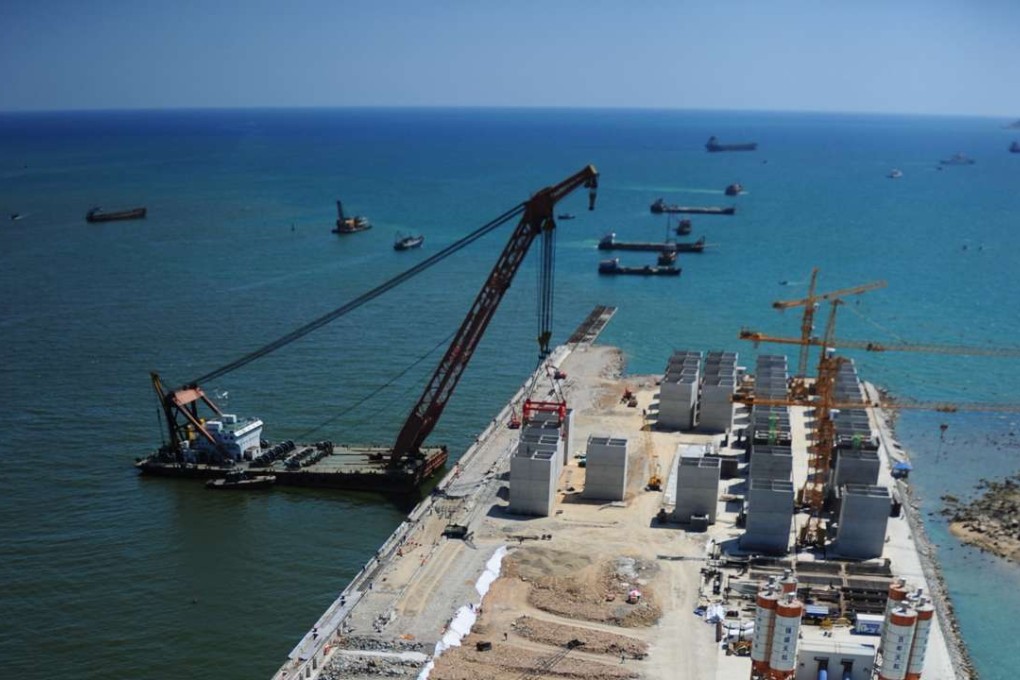‘Dangers’ of land reclamation: Sanya aims to create new artificial island to house city’s airport, but environmentalist is concerned
Massive projects are making more space available for development, without the need to demolish existing infrastructure or relocate people from their homes

The surface area of China increases by hundreds of square kilometres each year through land reclamation.
In every province along the country’s 18,000 kilometres of coastline, there are massive reclamation projects underway, creating more land for urban develop-ment, industrial areas, airports, and seaports.
Sanya, a hilly city in the south of Hainan Island, has also been engaging in large-scale land reclamation projects to increase the amount of space available to develop.
The city’s impending new Island Airport is set to be built on a 28 sq km artificial island. There is also the Phoenix Island tourism area and cruise ship port, which was built on a completely artificial 393,825-square-metre archipelago and has been dubbed the “Oriental Dubai” due to its resemblance to the monumental land reclamation develop-ments in the United Arab Emirates.
Once called by the domestic media a “gift from the sea”, land reclamation has presented China with a much desired loophole during a period of rampant urban expansion: available land to develop, without the need to demolish existing infrastructure or relocate more people from their homes.
There are serious dangers [associated with land reclamation], such as irreversible environmental damage ... and, most of all, those sites are usually vulnerable to sea level rise
Harry den Hartog, a researcher for Delft University in the Netherlands, who has studied land reclamation in China, says that taking land from the sea creates a “white sheet of paper” on which developers can build whatever they want for a relatively cheap price.
